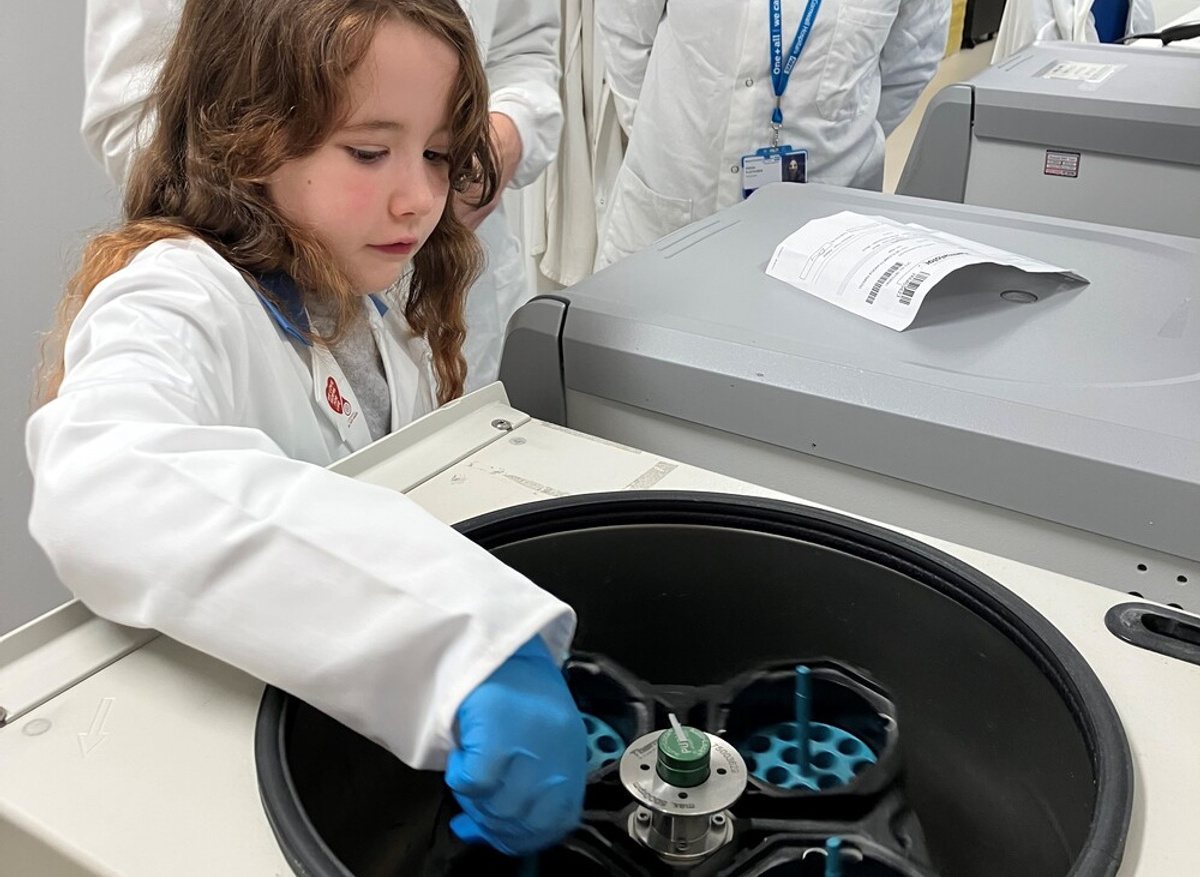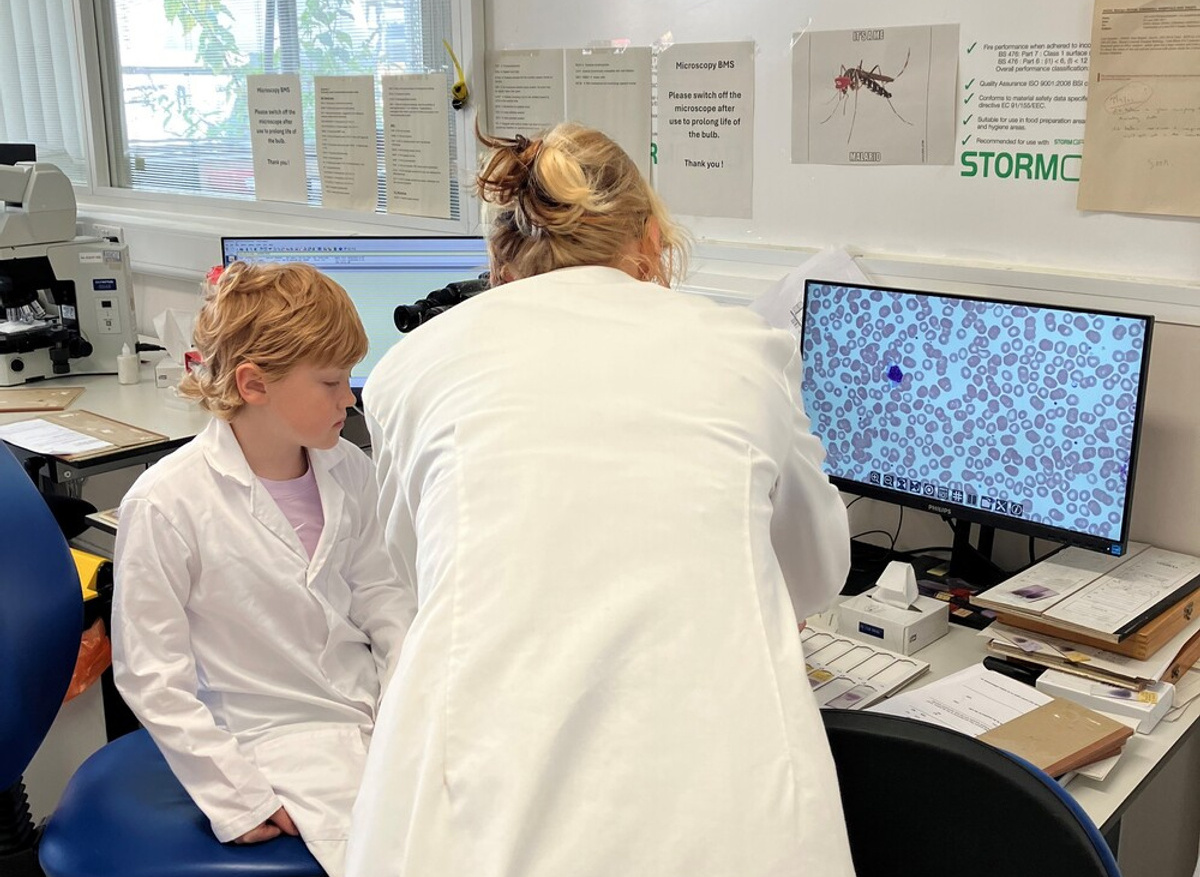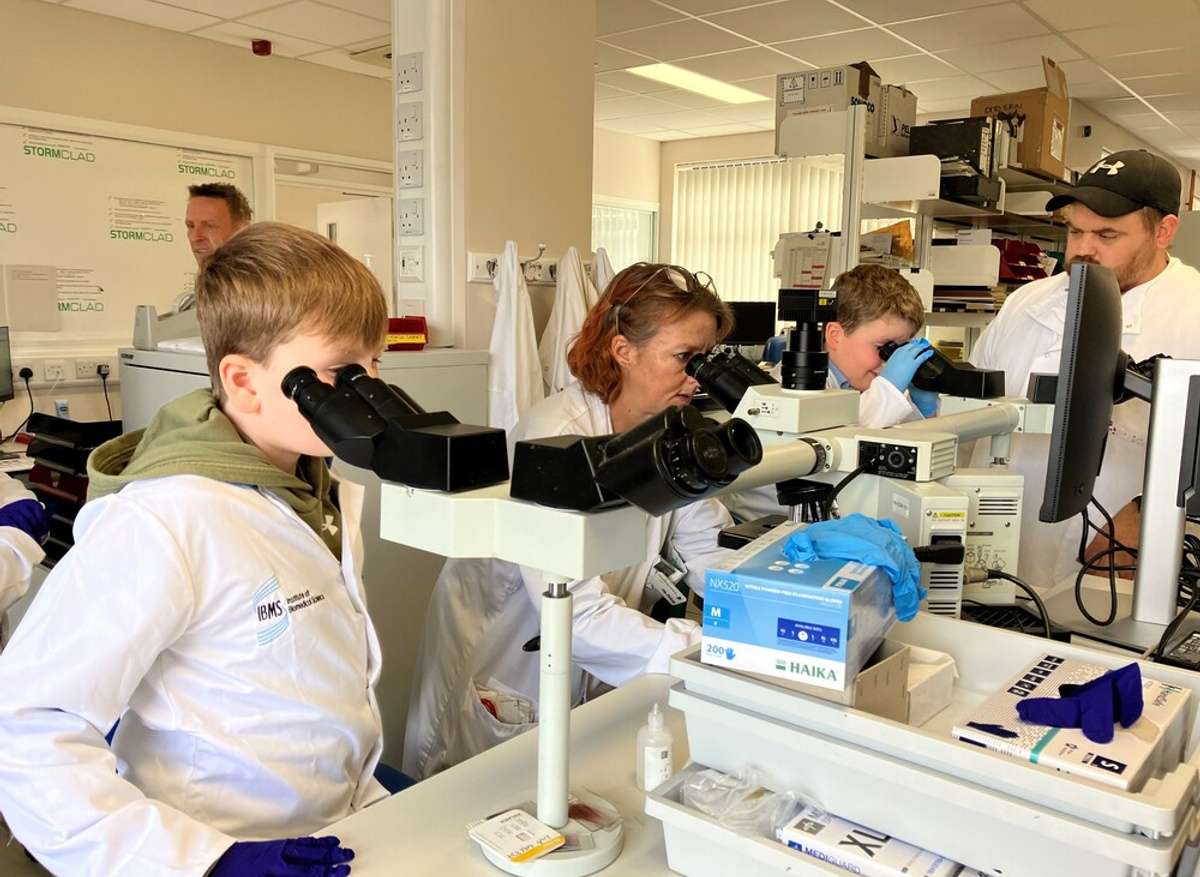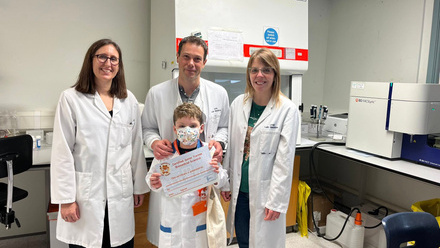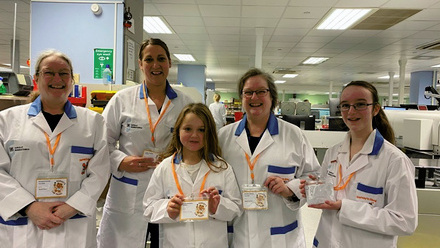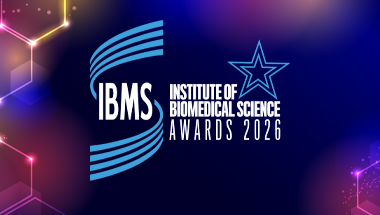Behind the blue lights: Cornwall’s blood science team
At Royal Cornwall Hospital, Harvey’s Lab Tours give their visitors the chance to find out.
These special tours take families inside the Blood Sciences Laboratory, where teams in chemistry, haematology and blood transfusion work together to keep patients across Cornwall and the Isles of Scilly safe and cared for.
Wearing their very own lab coats, guests can see how their samples travel through the hospital’s pneumatic POD system and onto the ‘whizz track’ that moves them around the lab for testing. They glance into centrifuges, watch samples spin, and look down microscopes at slides showing different blood cells.
But the real highlight for many young visitors comes when the tour reaches blood transfusion.
Here, the team opens the doors to the blood bank, the heart of Cornwall’s blood supply. Inside, children see the fridges and freezers that safely store blood, plasma, and platelets for patients across the county. They learn that some of this blood even travels beyond Cornwall’s shores, supporting patients on the Isles of Scilly and being prepared weekly for the Cornwall Air Ambulance. There’s even a special blood fridge outside the lab, complete with trays and lights that glow like a vending machine, which is always a big hit with visitors.
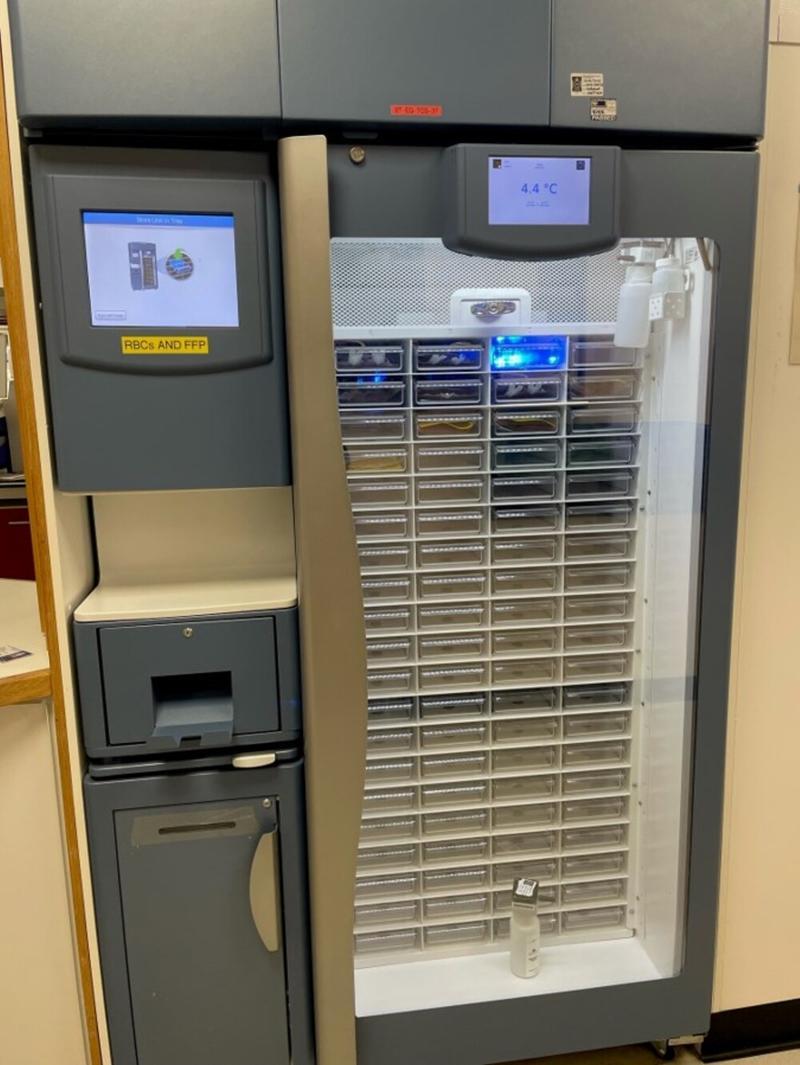
To make the experience unique, the hospital has teamed up with Cornwall Blood Bikes, a volunteer group who deliver vital, time-sensitive blood, samples, and medication across the region.
Weather permitting, riders park up outside the lab to meet young patients and their families after the tour. Children can ask questions, hop onto the bikes for photos, and (if they’re lucky) hear the sirens and see the blue lights up close.
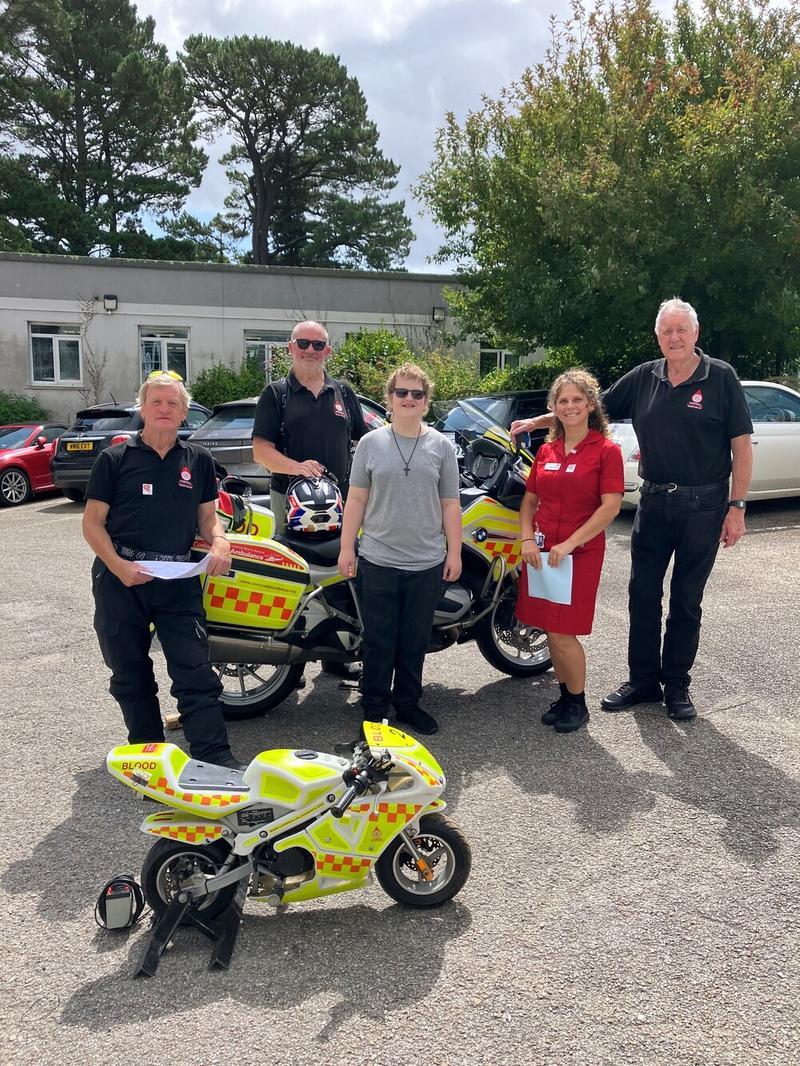
This collaboration shows us how healthcare in Cornwall goes far beyond the hospital walls. By bringing the blood bikes into their tours, the Royal Cornwall Hospital team helps young patients see the incredible teamwork and dedication that keeps their care moving. Day and night, across every corner of the county.
It’s an inspiring example of how biomedical science and community service come together to make a lasting impact, one lab visit at a time.

